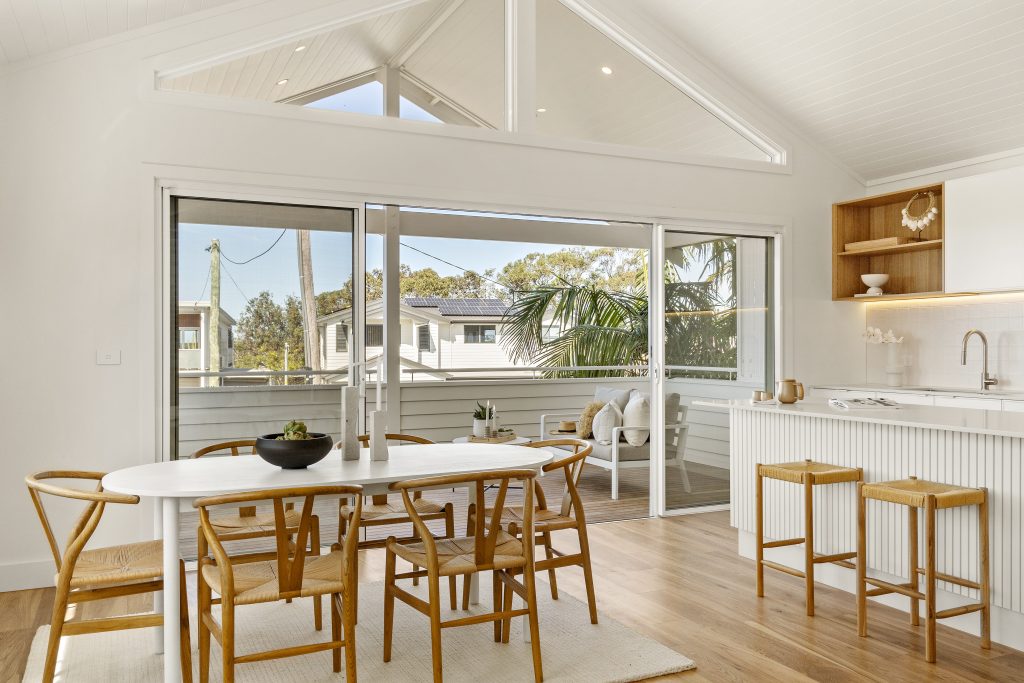
In our competitive rental markets, our landlords are constantly seeking ways to maximise return on investment (ROI) while minimising vacancy periods. This is where our expertise really comes to the fore.
Strategic renovations can significantly enhance your property’s appeal, leading to higher rental yields and reduced time on the market. However, it’s crucial to balance the extent of renovations with the potential for increased rent and occupancy rates. This article explores how landlords can achieve this balance, ensuring their investment delivers the best possible return.
Understanding the Market
Before embarking on any renovation project, it’s essential to understand the local rental market. Research current trends, tenant preferences, and the average rental rates for renovated versus unrenovated properties in your area. This information will guide your renovation decisions, helping you to prioritise updates that are most likely to increase your property’s desirability and value.
Cost-Effective Renovations
Not all renovations need to be extensive or expensive to create a positive impact. Focus on cost-effective updates that improve the property’s aesthetics and functionality. A fresh coat of paint, updated lighting fixtures, and modern window treatments can transform a space without breaking the bank. Similarly, upgrading kitchen appliances or refreshing bathroom fixtures can significantly appeal to potential tenants.
Energy Efficiency Improvements
Energy-efficient renovations are increasingly attractive to tenants conscious of their carbon footprint and utility bills. Installing solar panels, double-glazed windows, or efficient heating and cooling systems can make your property stand out. These improvements not only contribute to a more sustainable environment but also can reduce long-term operating costs, enhancing your ROI.
Maximising Space and Functionality
In both Australian and New Zealand markets, tenants value space and functionality. Consider renovations that maximise the use of space, such as open plan living areas, built-in storage, or outdoor living expansions. These modifications can make your property more appealing to a broader range of tenants, potentially justifying a higher rental price.
Addressing Wear and Tear
Regular maintenance and addressing wear and tear promptly can prevent minor issues from becoming major problems. This approach keeps the property in good condition, reducing the need for extensive renovations in the long run. Furthermore, well-maintained properties are more likely to attract and retain responsible tenants, reducing vacancy rates.
Timing Renovations Wisely
Timing is critical when renovating rental properties. Plan renovations during vacancy periods or between lease agreements to minimise income loss. However, if renovations are likely to significantly increase rental income or property value, a short vacancy period can be a worthwhile investment.
Communicating with Tenants
If renovations are undertaken with tenants in place, clear communication is vital. Inform tenants of the renovation schedule, potential disruptions, and any benefits they may experience. Consider offering temporary rent reductions or other compensations for the inconvenience. Happy tenants are more likely to stay long-term, contributing to lower vacancy rates.
Talk to us today for advice about how best to manage improvements to your investment property.
DISCLAIMER
The following advice is of a general nature only and intended as a broad guide. The advice should not be regarded as legal, financial, or real estate advice. You should make your own inquiries and obtain independent professional advice tailored to your specific circumstances before making any legal, financial, or real estate decisions.
